Part Analysis
| General Data | |
| Manufacturer (OEM) | Super Flower |
| PCB Type | Double-Sided |
| Primary Side | |
| Transient Filter | 4x Y caps, 3x X caps, 2x CM chokes, 1x MOV |
| Inrush Protection | 1x NTC Thermistor SCK-0512 (5 Ohm @25°C) & Relay |
| Bridge Rectifier(s) |
2x GBU25M (700V, 25A @1000°C)
|
| APFC MOSFETs |
3x Infineon IPA60R120P7 (650V, 16A @ 100°C, Rds(on): 0.120Ohm) &
1x Syncpower SPN5003 FET (for reduced no-load consumption) |
| APFC Boost Diode |
1x CREE C3D10065I (650V, 9A @ 135°C)
|
| Bulk Cap(s) |
1x Nippon Chemi-Con (450V, 680uF @ 105°C, KMZ)
|
| Main Switchers |
4x Infineon IPI50R199CP (550V, 11A @ 100°C, Rds(on): 0.199Ohm) |
| APFC Controller |
Infineon ICE3PCS02G
|
| Resonant Controller |
Super Flower JTC113
|
| Topology |
Primary side: APFC, Full-Bridge & LLC converter
Secondary side: Synchronous Rectification & DC-DC converters |
| Secondary Side | |
| +12V MOSFETs | 8x Infineon BSC014N04LS (40V, 100A @ 125°C, Rds(on): 1.4mOhm) |
| 5V & 3.3V | DC-DC Converters: 4x Alpha & Omega GL3P15 PWM Controller(s): 2x ANPEC APW7073 |
| Filtering Capacitors | Electrolytic: 5x Nippon Chemi-Con @ 105°C, (W), 1x Nippon Chemi-Con (2-5,000 @ 105°C, KZE) 5x Rubycon (6-10,000 @ 105°C, ZLH), Polymer: 1x Nippon Chemi-Con KMG 2x Nippon Chemi-Con KYA 1x Nippon Chemi-Con KY 1x Rubycon YXF, 7x Nippon Chemi-Con KRG, 18x Nippon Chemicon |
| Supervisor IC | JTC113 |
| Fan Model | ZIC ZFF142512D (140mm, 12V, 0.65A, Fluid Dynamic Bearing Fan) |
| 5VSB | |
| Rectifier | |
| Standby PWM Controller | 29604 |
The platform is identical to the Leadex VII Gold platform, which I reviewed a while ago, but with some minor differences. The weird thing is that the 850W model uses a larger bulk cap (820uF)! This likely won’t be the case in the upcoming production batches of the 850W model.
Thanks to the extended use of vertical boards, there is plenty of space between the platform’s components for good airflow, so the fan doesn’t have to spin fast to keep the PSU’s internal temperature in control. Moreover, as you can see on the unit’s secondary side, many polymer caps are used, besides many polymer caps, to offer enough capacitance, which is essential for a good transient response. Most manufacturers avoid using many electrolytic caps because the quality ones are expensive, and if you don’t use quality electrolytic caps, the PSU’s lifetime will be short.
A half-bridge topology and an LLC resonant converter are used for lower power losses on the primary side. Super Flower has mastered this specific topology, offering the highest possible performance. Only through digital circuits can they notably improve performance, but unfortunately, not many PSU manufacturers proceed with digital technology in their designs, primarily because of the cost factor. Eight FETs regulate the 12V rail on the secondary side, and a pair of DC-DC converters handle the minor rails. A new and promising OEM provides the fan, which uses a fluid dynamic bearing.
The build quality is high. The soldering quality is not the best I have seen from Super Flower, with some oversized soldering jobs on the PCB’s solder side that don’t look so nice. However, they don’t seem to affect the PSU’s performance.

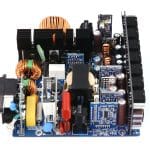
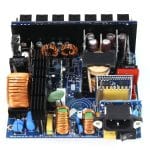
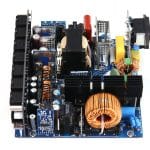
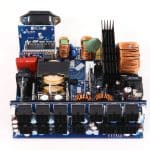
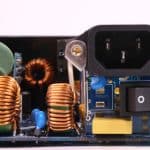
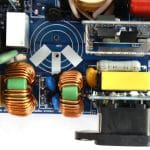
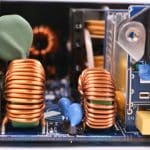
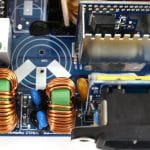
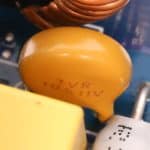
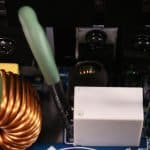
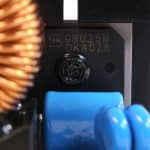
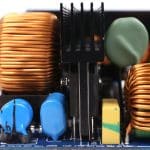

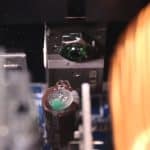

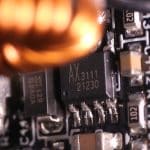
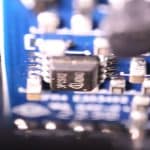

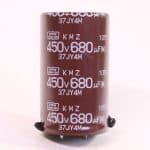


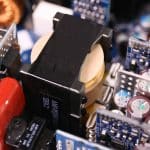

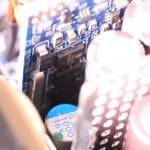

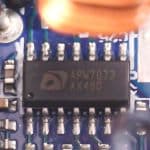
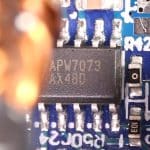

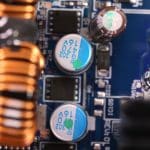
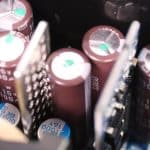

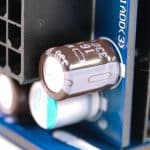
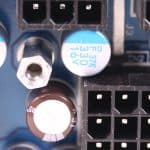
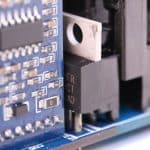

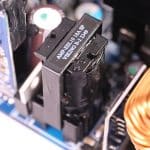

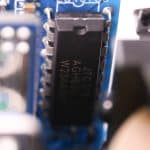

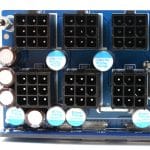
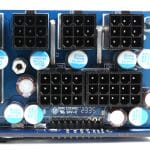

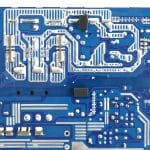
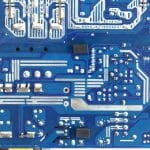




If i don’t have any wattage problem what should I go for ignoring Inrush current
SF Vii pro vs MSI A850G MPG
SF model
I’m confused between Corsair Rm1000x ATX 3.1 cybenetics plantium certifited and superflower leadx viii pro xp platinum cybenetics plantium certifited.
Any serious differences to look for?
Which one would you suggest for me?
I’m from India and both are available for 14500 rupees which is $170.
Can you please suggest me as my previous superflower leadx III 750w 80 plus gold gave a *phaat* like sound and gave smoke and died last week. Since then I don’t have pc.
Please do suggest me as there not much brands like fsp or some others are available in india compared to usa.
Thank you.
Both are very good. If you are “afraid” of SF because of the previous experience, go with the Corsair unit.
I own this unit, i have a new RTX 5090 and system will not post with 5090 @ 12VHPWR cable, post code error d6.
Since I bought this Psu just want to let ppl know that at least from my search the last one-two months I can’t find custom Psu cables for this model since his special connector. The shops that I asked so far are: cable mode, xtia, moddiy and Dreambigbyraymod in Esty platform(has really good rates).
Hello, good afternoon!
I have a question, does it matter what the connectors are like on the back of the PSU? This specific one use 9-pin connectors that I have never seen in my life, could it cause me problems? Especially with the 12V 2×6 cable?
In my country I can get one of these, it is at the same price as the MSI MPG A1000G PCIE5, which one is better? (I imagine Superflower).
Thank you so much!
I would go for the SF unit. Its connectors are not a problem, though, only in case you lose its cables.
Τι διαφορά έχει με το XG εκτός των βυσμάτων;
Ελάχιστες. προσωπικά προτιμώ το XG
θα μπορούσατε να μου πείτε από που μπορώ να αγοράσω αυτό το τροφοδοτικό? Προορίζεται για radeon rx 7900xtx και 7800x3d
Δυστυχώς η Super Flower δεν έχει ακόμη distributor στην Ευρώπη. Ρίξε μια ματιά στην Caseking αν το φέρνει.
Hi,
On page 2 (Box & Bundle, Product Photos & Cables), statement “The modular panel around the back hosts thirteen sockets. Since the PSU doesn’t have a native 12V-2×6 socket, it is automatically ATX v3.1 compliant if it meets the ATX v3.0 requirements.” is confusing to me.
This statement confuses me because it reads, this PSU is ATX 3.1 compliant since it does not have 12v-2×6 socket.
it means that any PSU that doesn’t have the native 12V-2×6 but uses 2x 8 pin sockets instead AND meets ATX v3.0 spec requirements, automatically meets the ATX v3.1 specs.
While PSUs with 12VHPWR are NOT since they need the native 12V-2×6. Some brands were smart and used 2x 8 pins (e.g. Corsair, Super Flower) so they didn’t have to make any changes to make their PSUs ATX v3.1 ready.
thank you…I understand now
Hello, could there be an error in the characteristics? What is the correct full-bridge or hall-bridge topology?
thank you and greetings
Hello, will you do the review of the Leadex VII PRO 1200W ATX v3.1, the most powerful of this model?
will ask for it!
Late comment but does this mean that the Leadex VII XG is 3.1 compliant?
I believe so. It says in the manufacturer product page